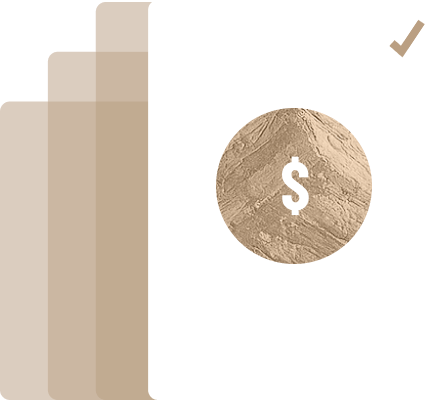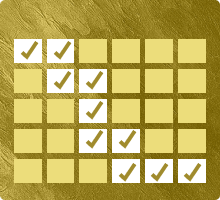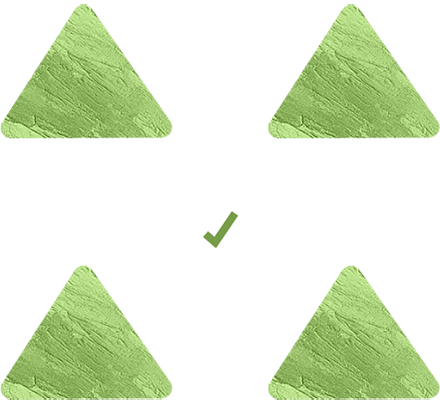





Asset
Management
Managing fixed assets shouldn’t require bolt-on software or spreadsheet gymnastics. Everest brings asset lifecycle tracking, depreciation schedules, and audit-ready reporting directly into your ERP. No external tools, no redundant data entry.

Fixed Assets
The Problem
Why asset tracking breaks
down in legacy systems
Fixed asset management is split between IT and finance, using separate tools for different purposes. Legacy ERPs don't bridge this gap, causing mismatches, missed assets, and extra work at close.
Disjointed asset tracking
IT and accounting teams often use separate systems or spreadsheets, increasing reconciliation efforts and the risk of missed or misclassified assets.
No built-in depreciation logic
Calculations must be done outside the system or via complex customizations, creating reconciliation overhead.
Costly or missing functionality
Some ERPs treat asset management as a premium module, while others require workarounds that fall short of audit standards.
Fragmented financial impact
Without direct integration to the GL, depreciation and asset changes must be posted manually, delaying close and increasing review cycles.
Disjointed asset tracking
IT and accounting teams often use separate systems or spreadsheets, increasing reconciliation efforts and the risk of missed or misclassified assets.
No built-in depreciation logic
Calculations must be done outside the system or via complex customizations, creating reconciliation overhead.
Costly or missing functionality
Some ERPs treat asset management as a premium module, while others require workarounds that fall short of audit standards.
Fragmented financial impact
Without direct integration to the GL, depreciation and asset changes must be posted manually, delaying close and increasing review cycles.








The
Everest
Solution
Everest integrates asset management into core IT and accounting workflows, managing asset creation, assignments, depreciation, and disposal within the same system. This ensures precise, transparent control over the entire asset lifecycle.
Native asset lifecycle management
Add, track, assign, or retire assets directly in-system with clear audit trails and centralized within the ERP to ensure accurate audit trails and seamless asset visibility.
In-system asset management
Create, manage, and track IT assets and depreciation policies throughout their lifecycle, without external tools or add-ons.
Detailed asset attribution
Link assets to departments, locations, or cost centers for better tracking.
Full change history
Maintain a complete record of additions, reclassifications, and disposals.
No more spreadsheet oversight
Eliminate reliance on IT-managed systems or manual files.
Audit-ready integration
Align asset activity with financial reporting and compliance standards.
Automated depreciation scheduling
Configure policies once and let Everest generate monthly journal entries, aligned to books and audit-ready.
Policy-driven configuration
Set depreciation rules by asset class or book.
Automated journal entries
Generate monthly depreciation entries with system-calculated values.
Support for multi-book logic
Apply GAAP, IFRS, or local depreciation methods side by side.
Remove manual calculation risk
Eliminate error-prone, offline depreciation workflows.
Consistent policy enforcement
Apply depreciation rules uniformly across entities.
Consolidated view of asset balances
Access real-time status, book value, and accumulated depreciation across entities and ledgers.
Multi-entity asset visibility
Access real-time asset data across legal entities or business units.
Detailed financial reporting
View net book value, depreciation, and remaining life at the asset level.
Flexible asset grouping
Organize by department, category, or location for analysis.
Track roll-forwards over time
Monitor asset balance changes with complete historical context.
Capital planning support
Use a centralized asset dataset to inform future investment decisions.
Streamlined disposals and reclassifications
Easily record asset write-downs, impairments, or transfers without external calculations.
Simplified asset retirement
Post gain/loss entries automatically when retiring assets.
System-driven transfers
Manage interdepartmental or inter-entity transfers with in-system updates.
Impairment recognition
Record asset impairments in compliance with accounting standards.
Clear audit trails
Track all changes related to asset classification and disposal.
No manual adjustments needed
Avoid errors and inconsistencies from spreadsheet-based tracking.
Business Benefits
Make asset management a
driver of financial efficiency
With Everest, fixed asset processes move from reactive and error-prone to controlled and cost-effective. By managing assets within your ERP, you reduce handoffs and improve coordination between accounting and operations.
Lower total cost of ownership

No need for separate asset modules or third-party tools reduces spend and streamlines support.
Better capital planning

Real-time access to asset value and depreciation status enables more informed decisions on reinvestment and replacement.
Consistent policy application

Standardized schedules and automated tracking ensure alignment across entities and accounting standards.
Shorter close timelines

Automated depreciation and GL integration reduce manual posting and accelerate period-end processing.
Greater audit confidence

System-generated entries and full traceability support smoother reviews and minimize restatement risk.
Client Success
Trusted by innovative
SaaS and technology companies
Todd
COO, Branch Energy
Tiff Fong
Head of Finance, Productiv
Vanessa
Controller, Primary.Health
“Everest moved faster than we thought possible. We were fully off NetSuite in time for our renewal, and the process was surprisingly smooth. Their team handled almost everything. We finally have a system that fits how we run the business.”
Todd
COO, Branch Energy
“Everest provided us with a comprehensive, SaaS-focused ERP solution that streamlined our business processes, eliminating the need for bolt-on invoicing tools to QBO. Its seamless two-way Salesforce integration has given our sales and finance teams a single source of truth, enhancing collaboration and efficiency. We were up and running in under 90 days, thanks to the support of domain experts who guided us every step of the way.”
Tiff Fong
Head of Finance, Productiv
60%
Reduction in close timelines
“Implementing Everest felt easy because we weren’t educating consultants; we were working with like-minded finance people to find the solution for our company”
Vanessa
Controller, Primary.Health
Todd
COO, Branch Energy
Tiff Fong
Head of Finance, Productiv
Vanessa
Controller, Primary.Health
Eliminate the
hassle of asset
management
Learn how Everest helps finance teams track, depreciate,
and report on fixed assets, without leaving the ERP.




